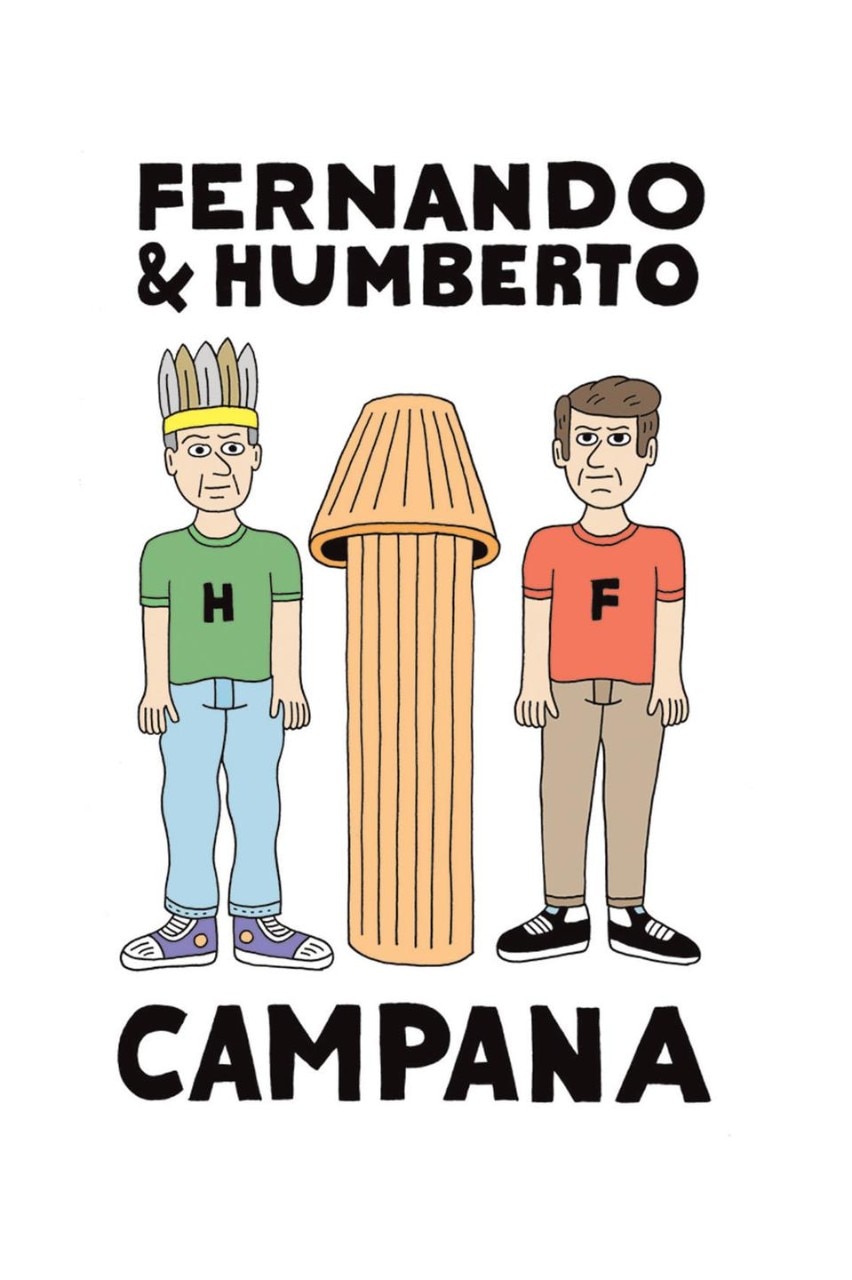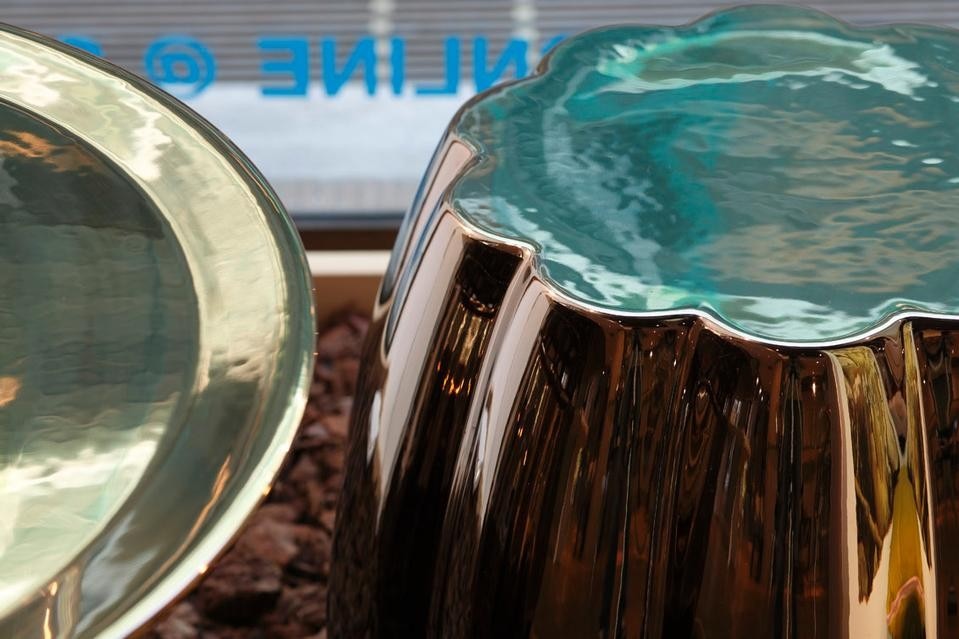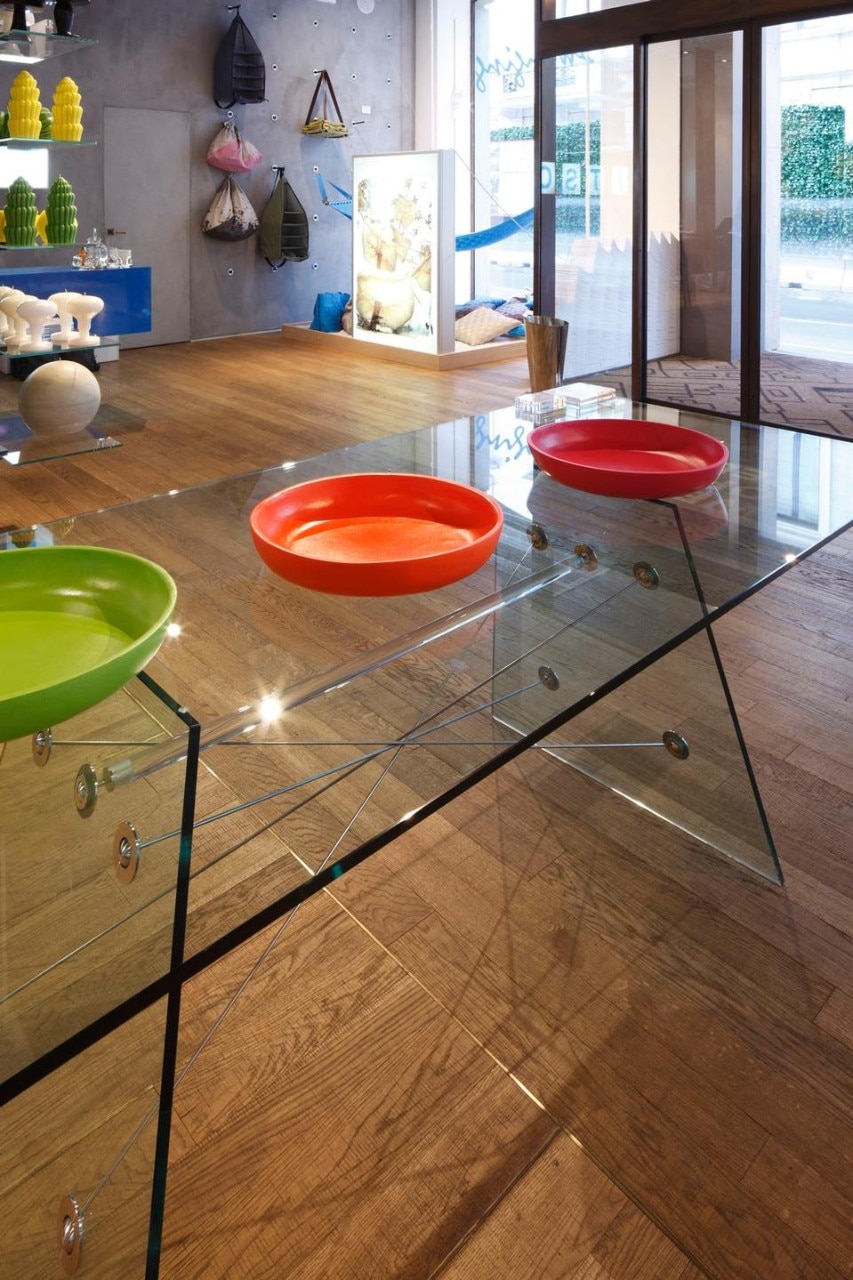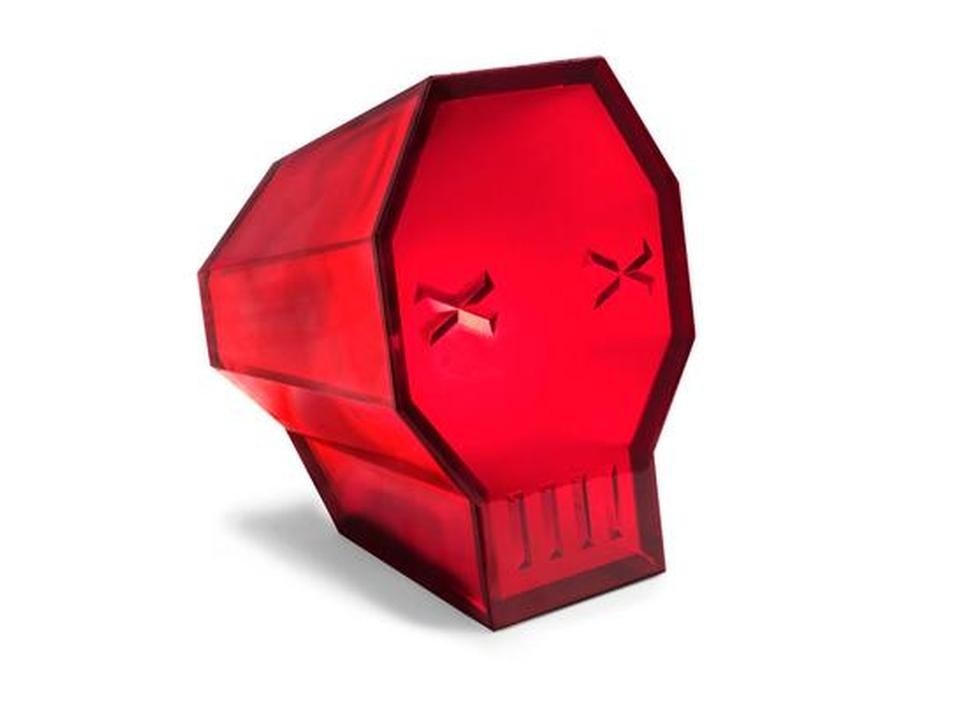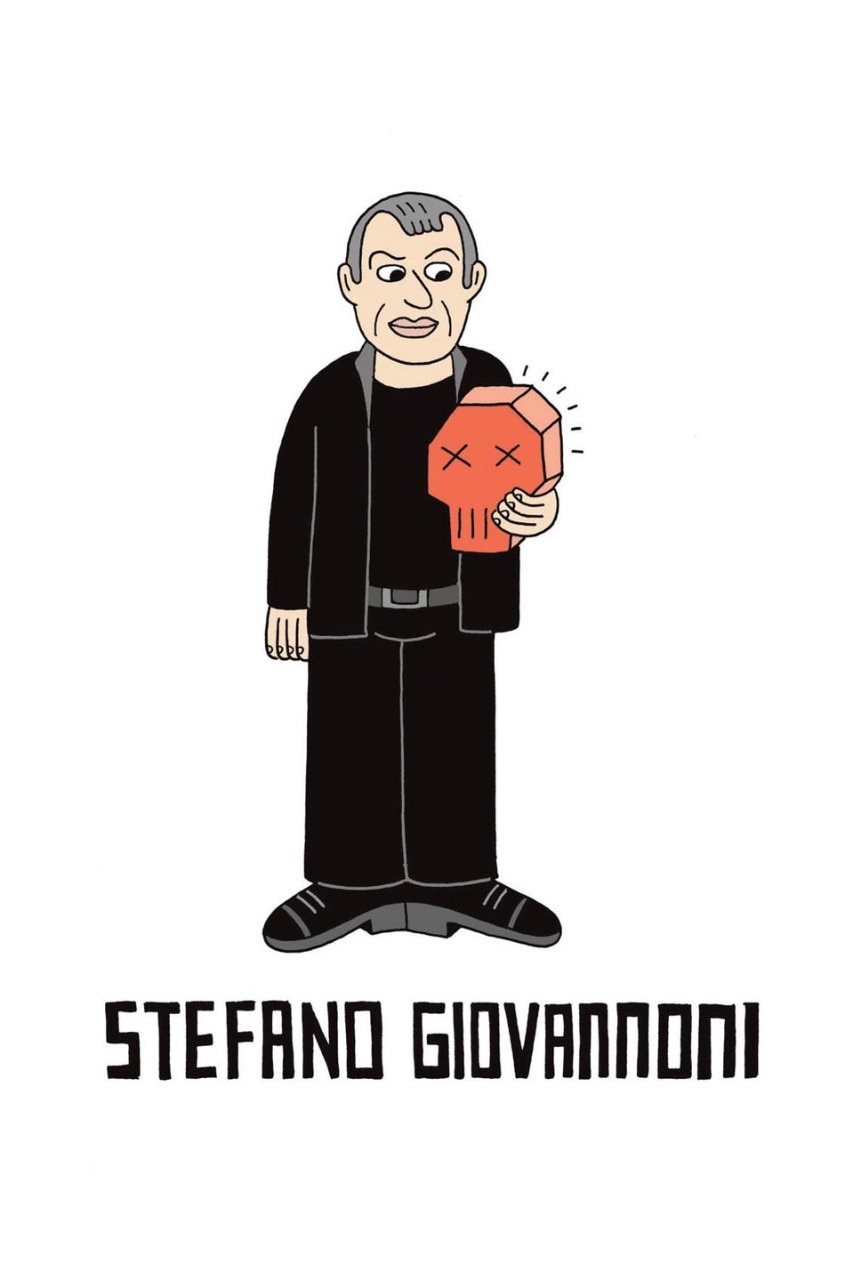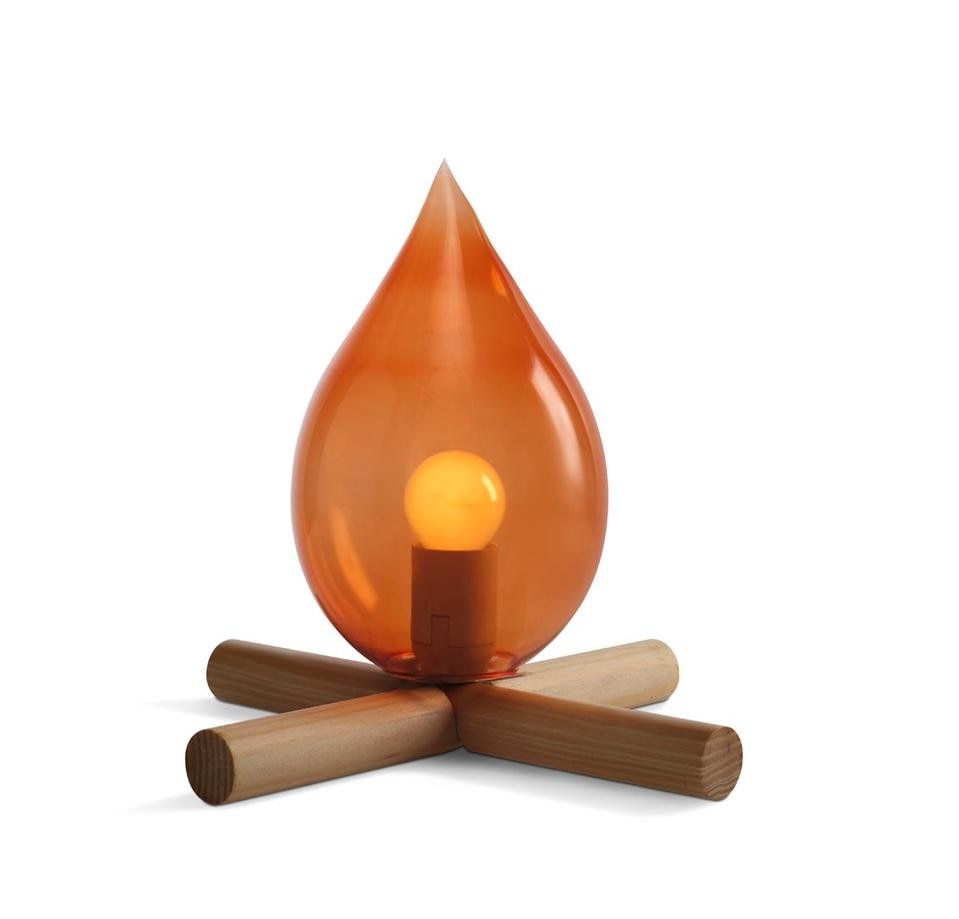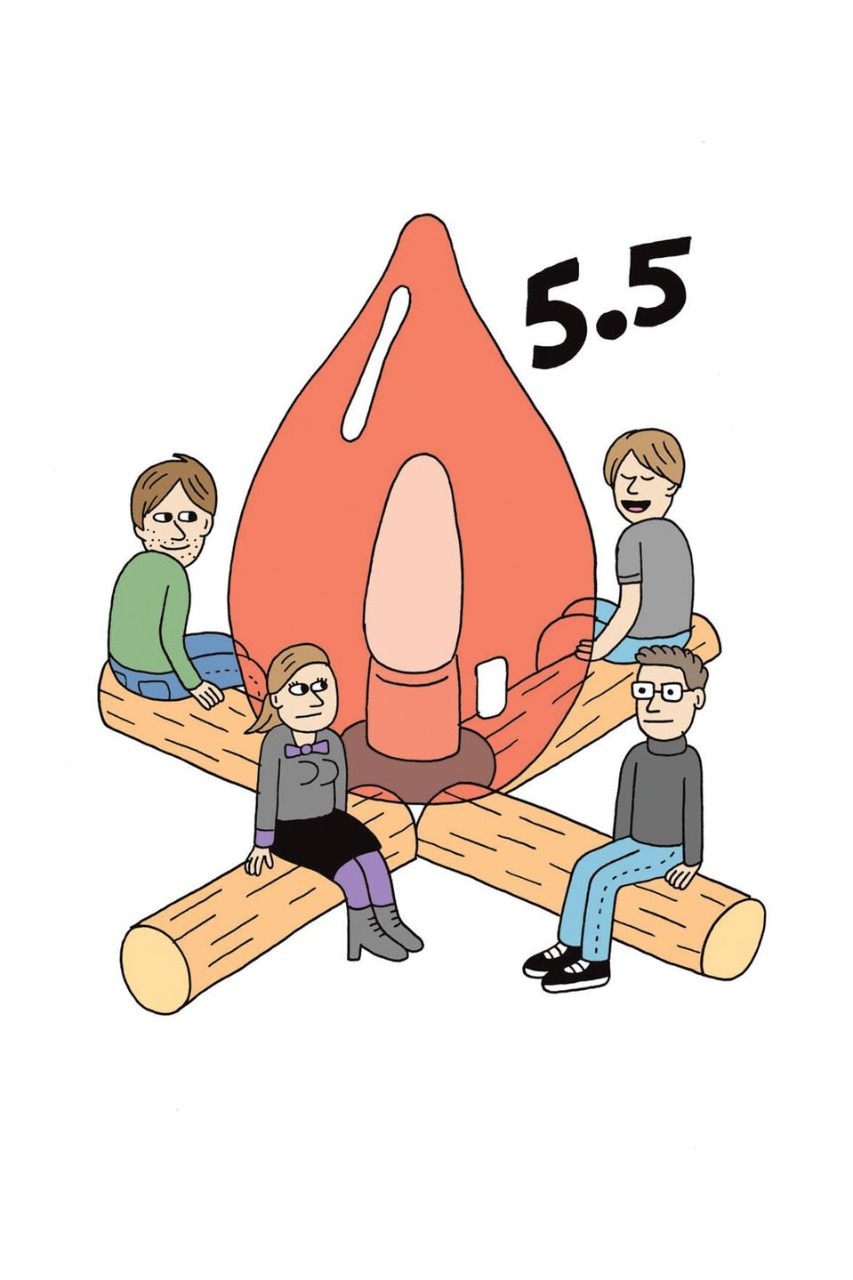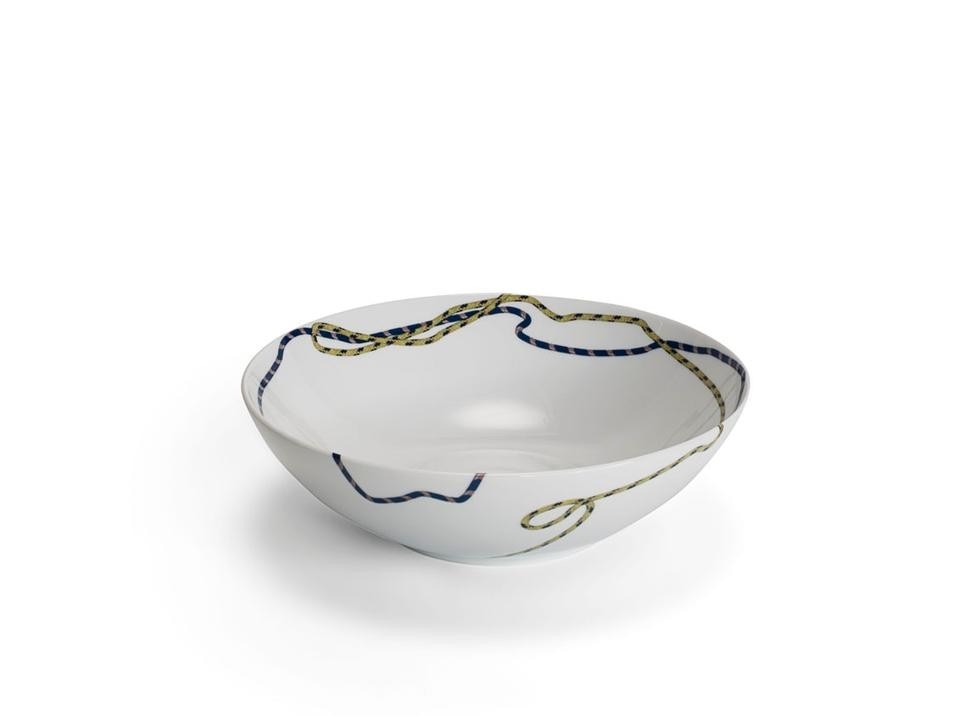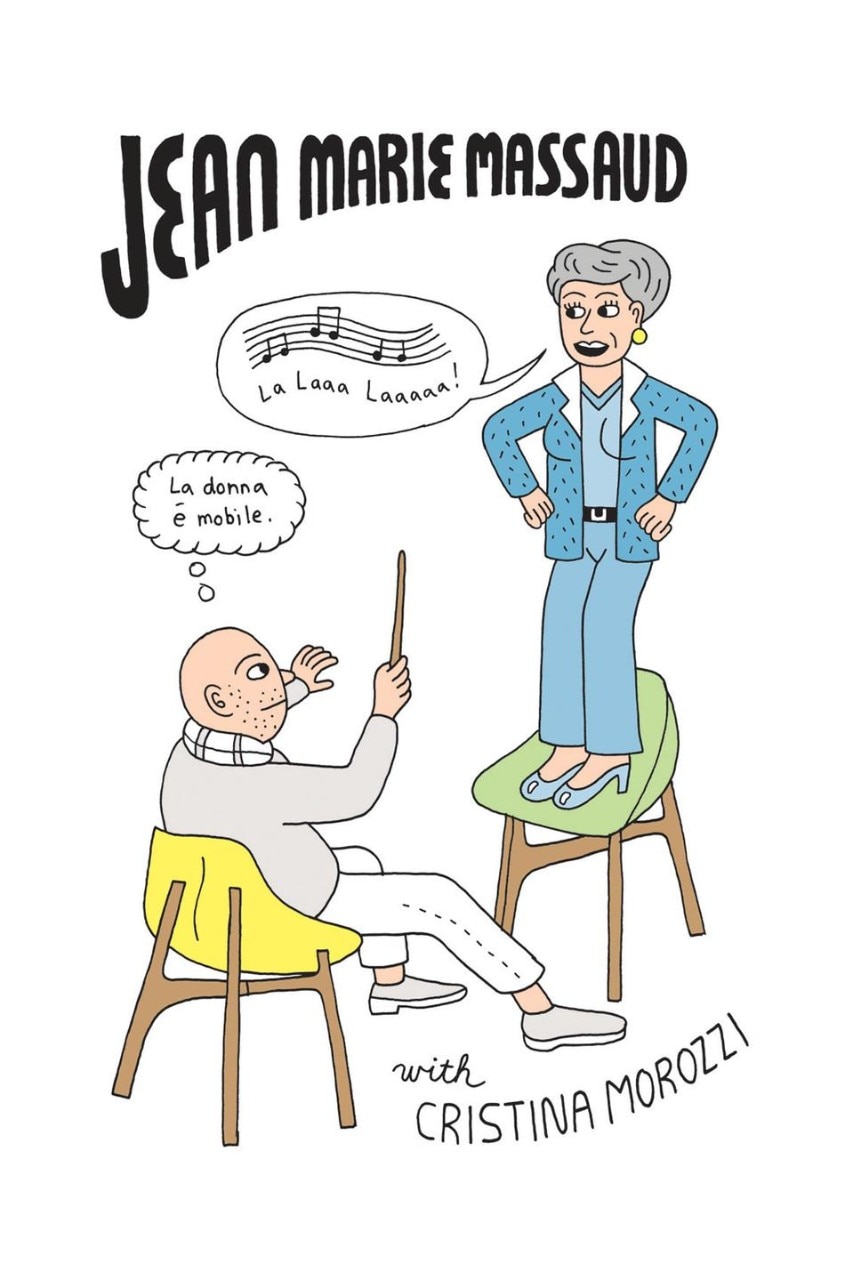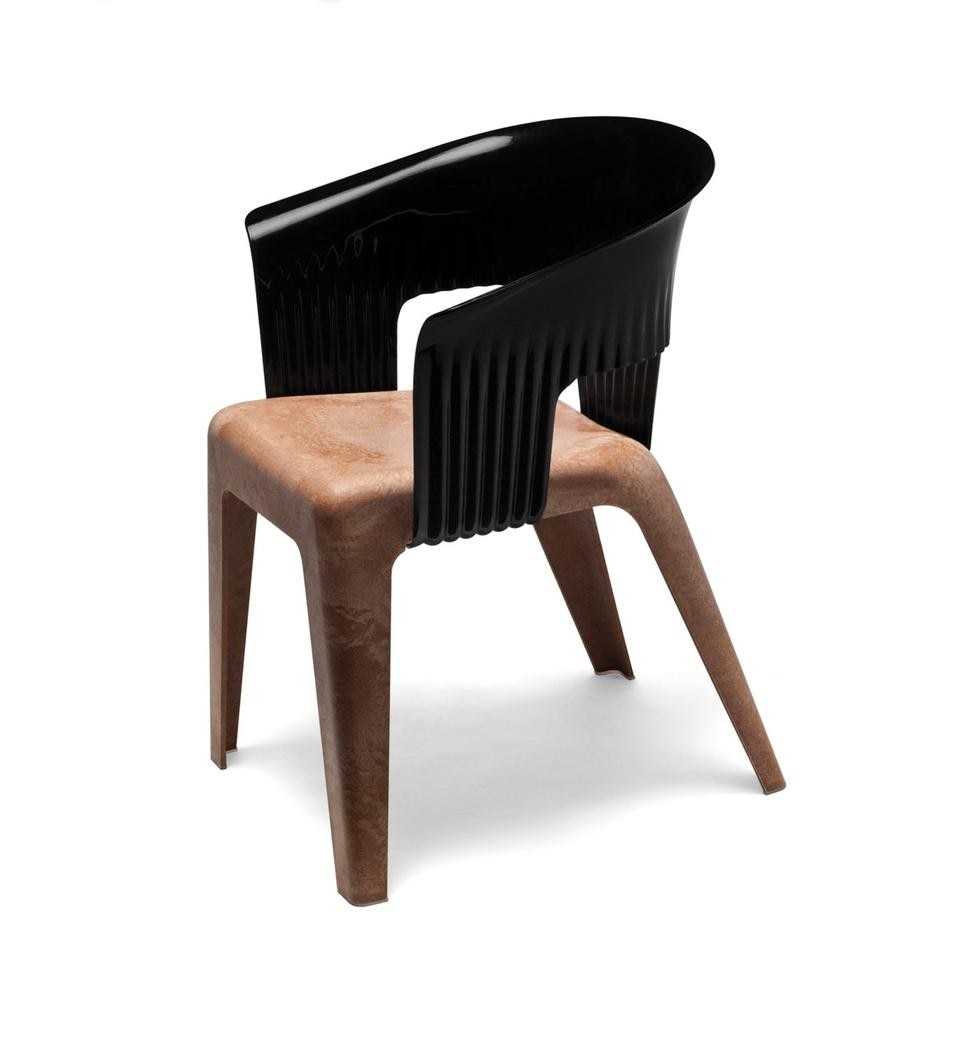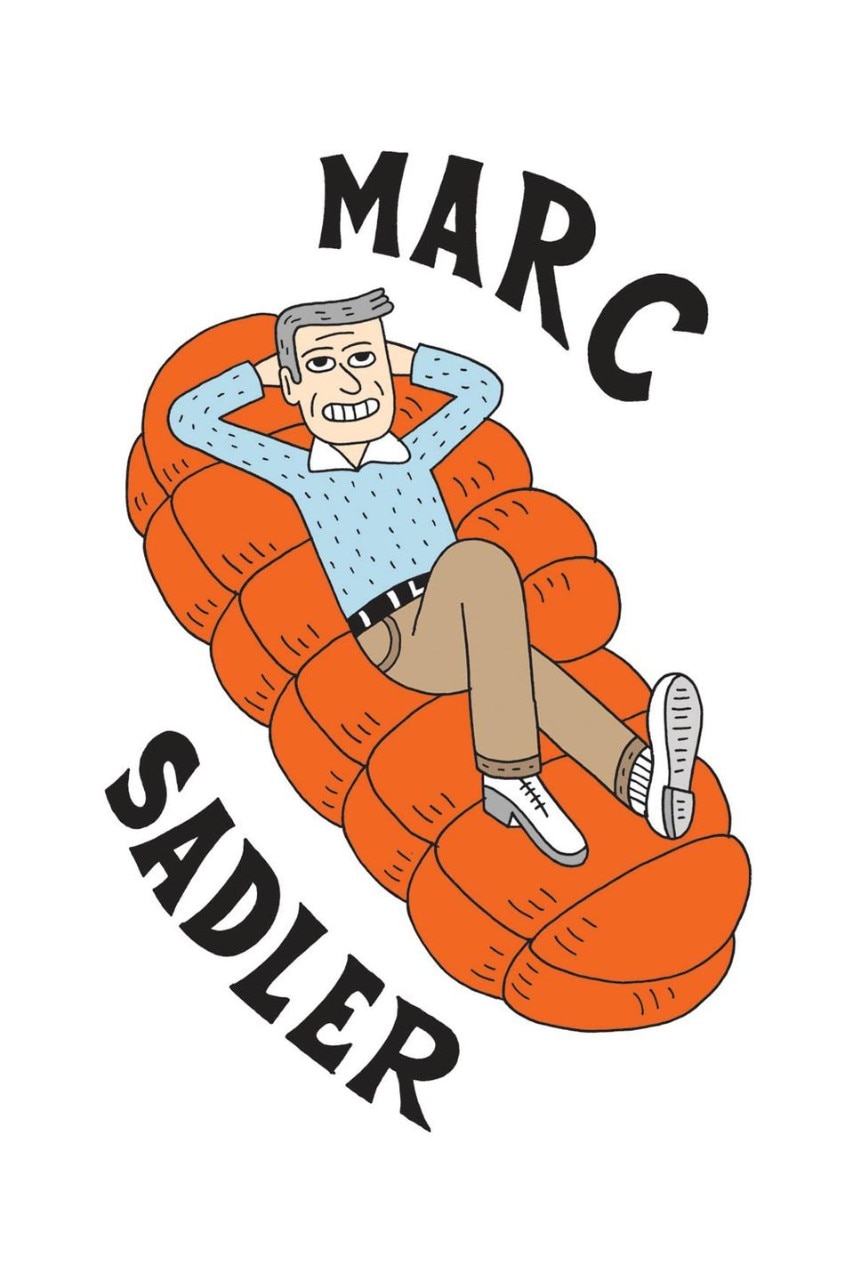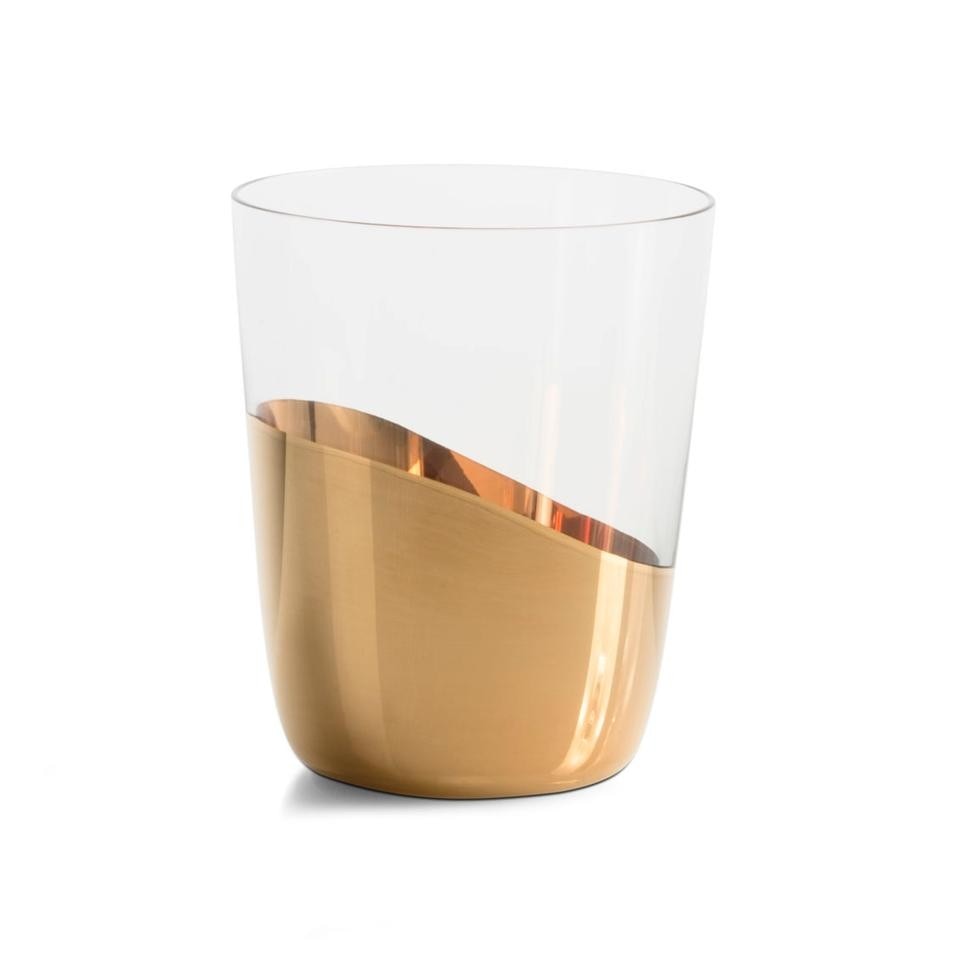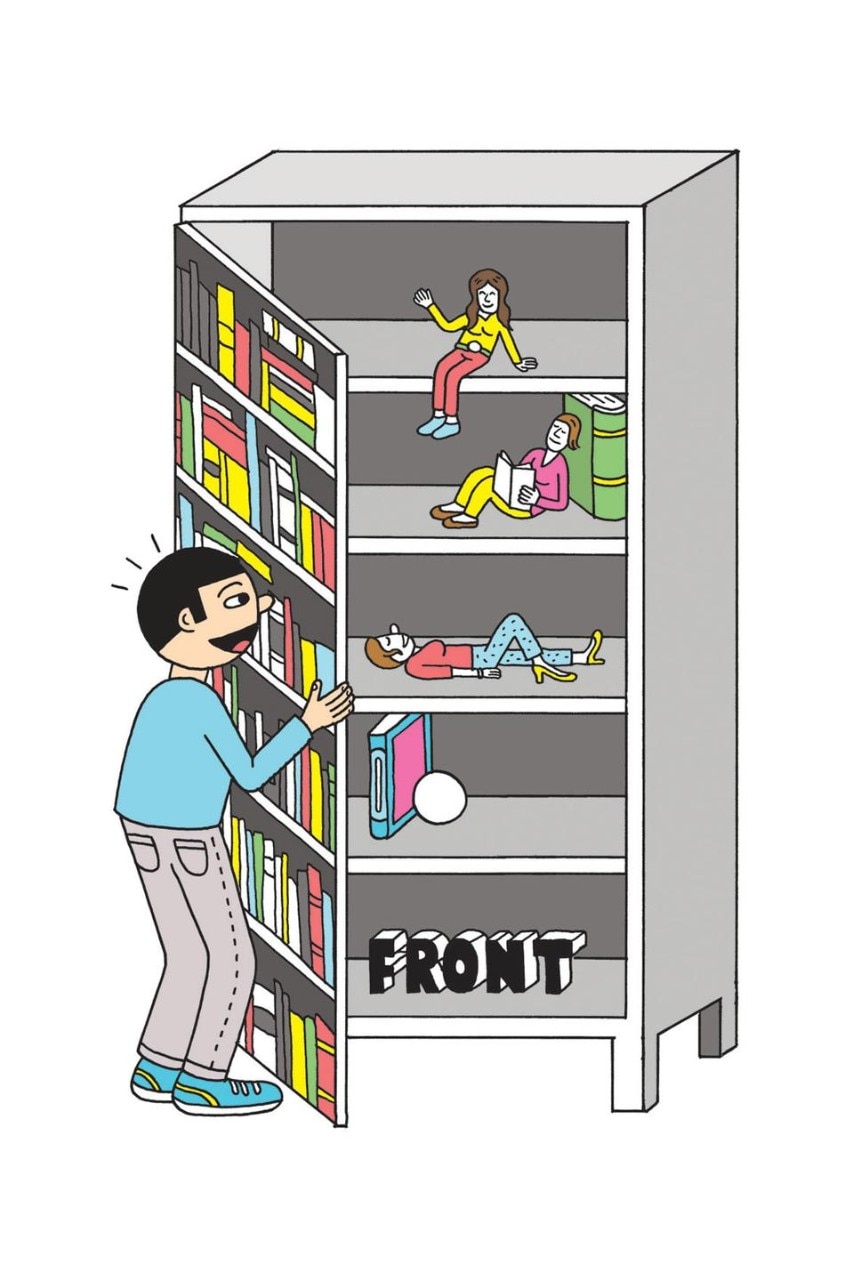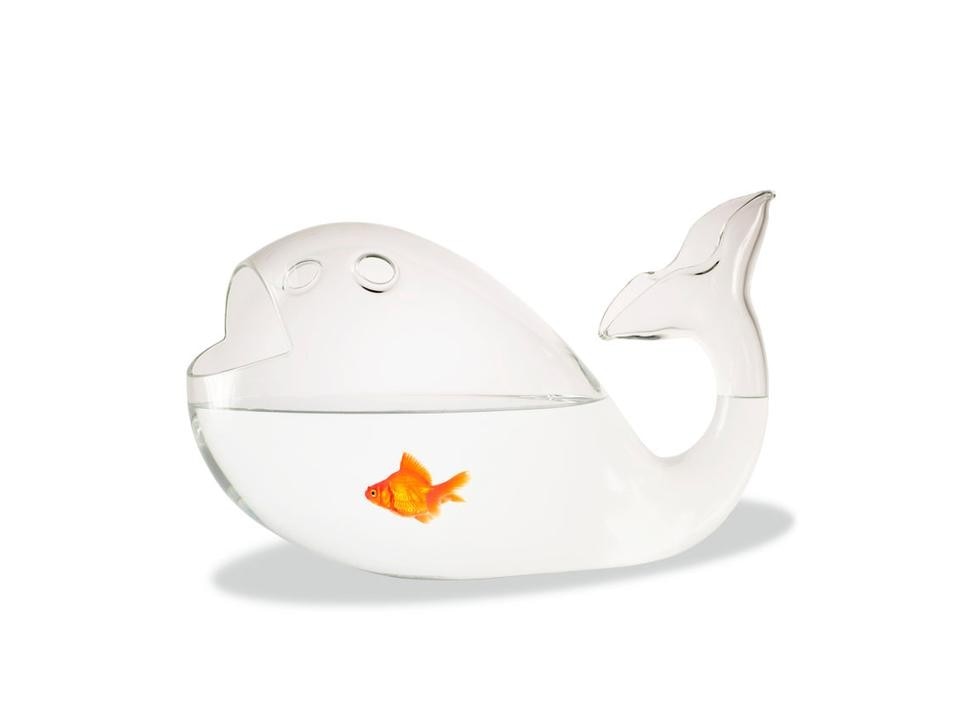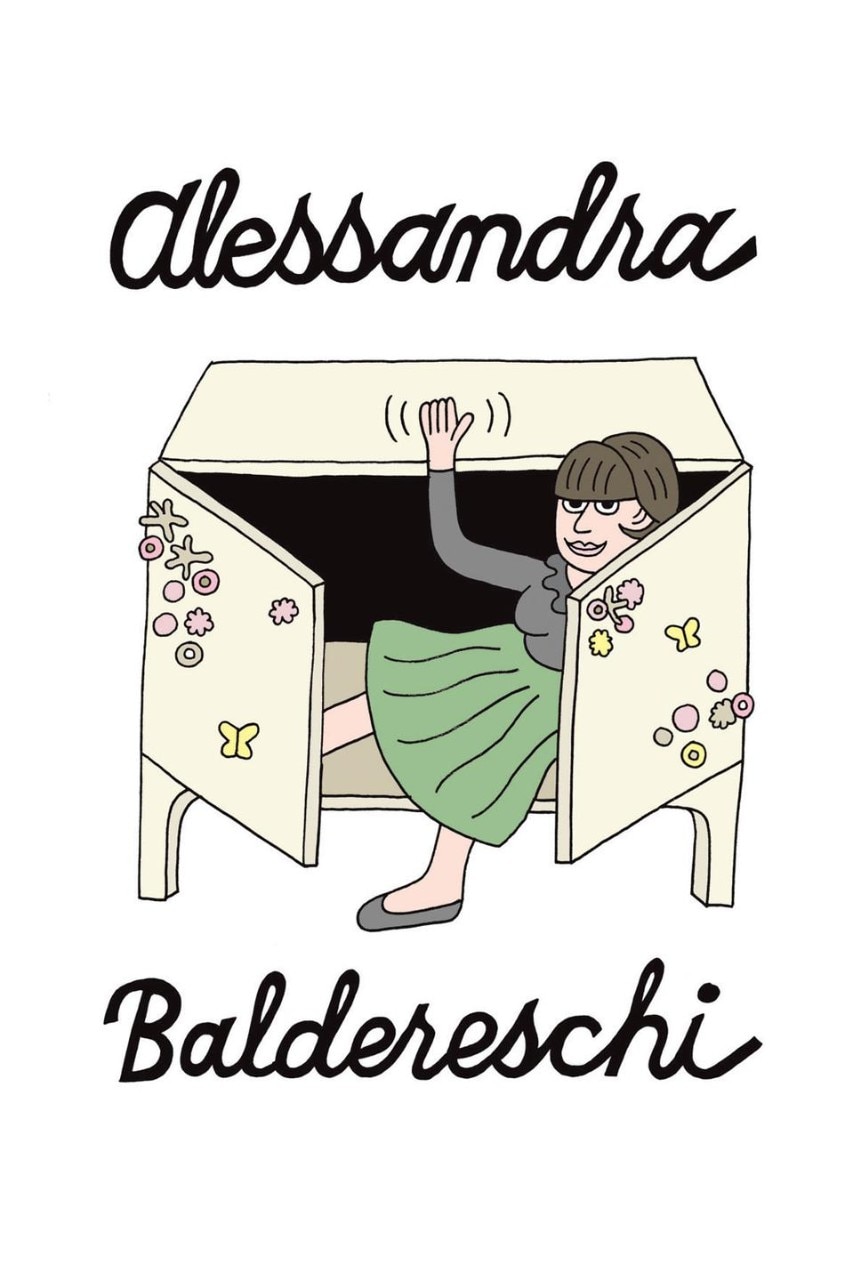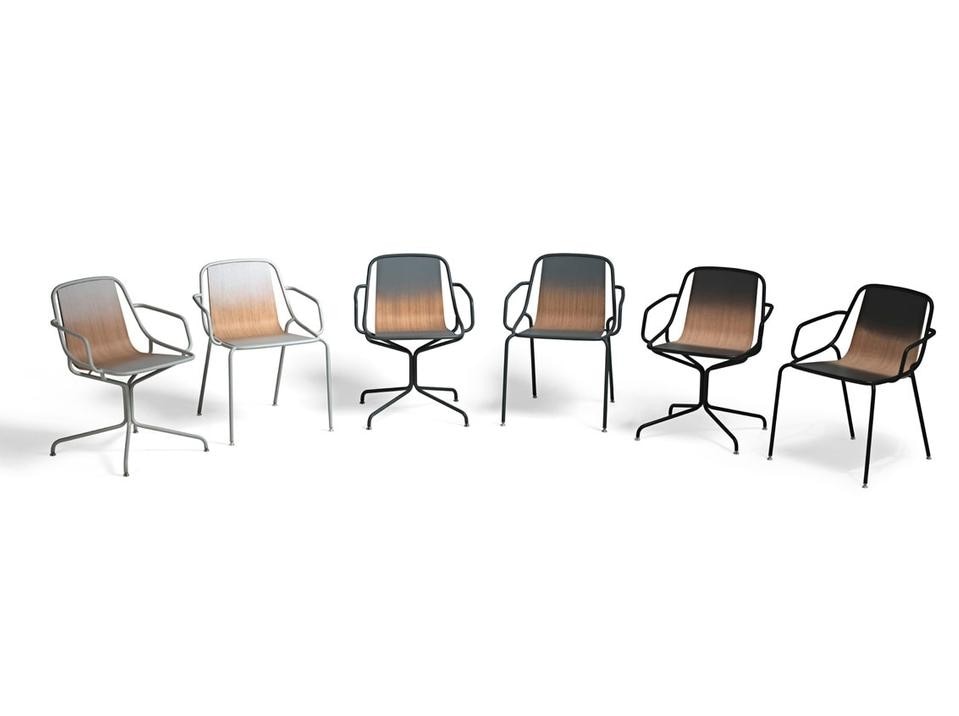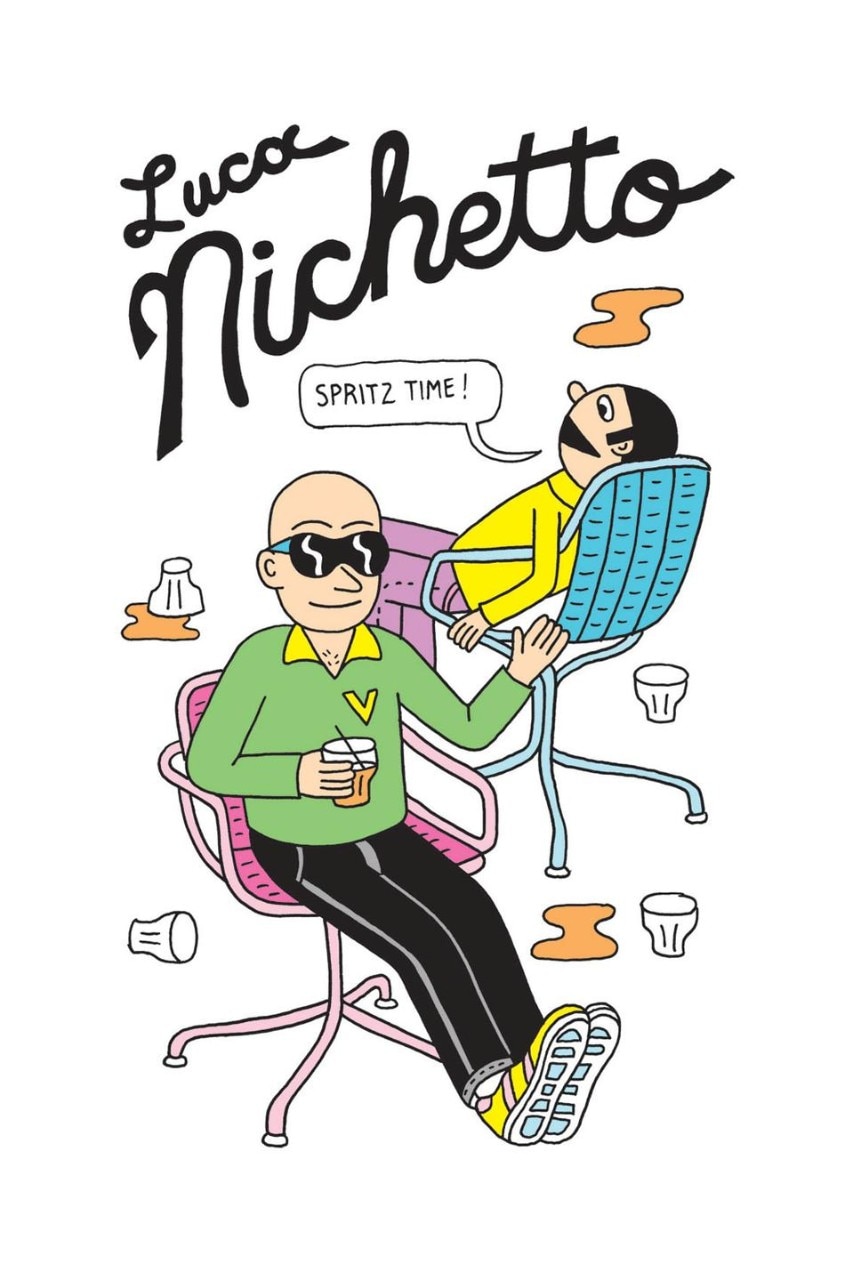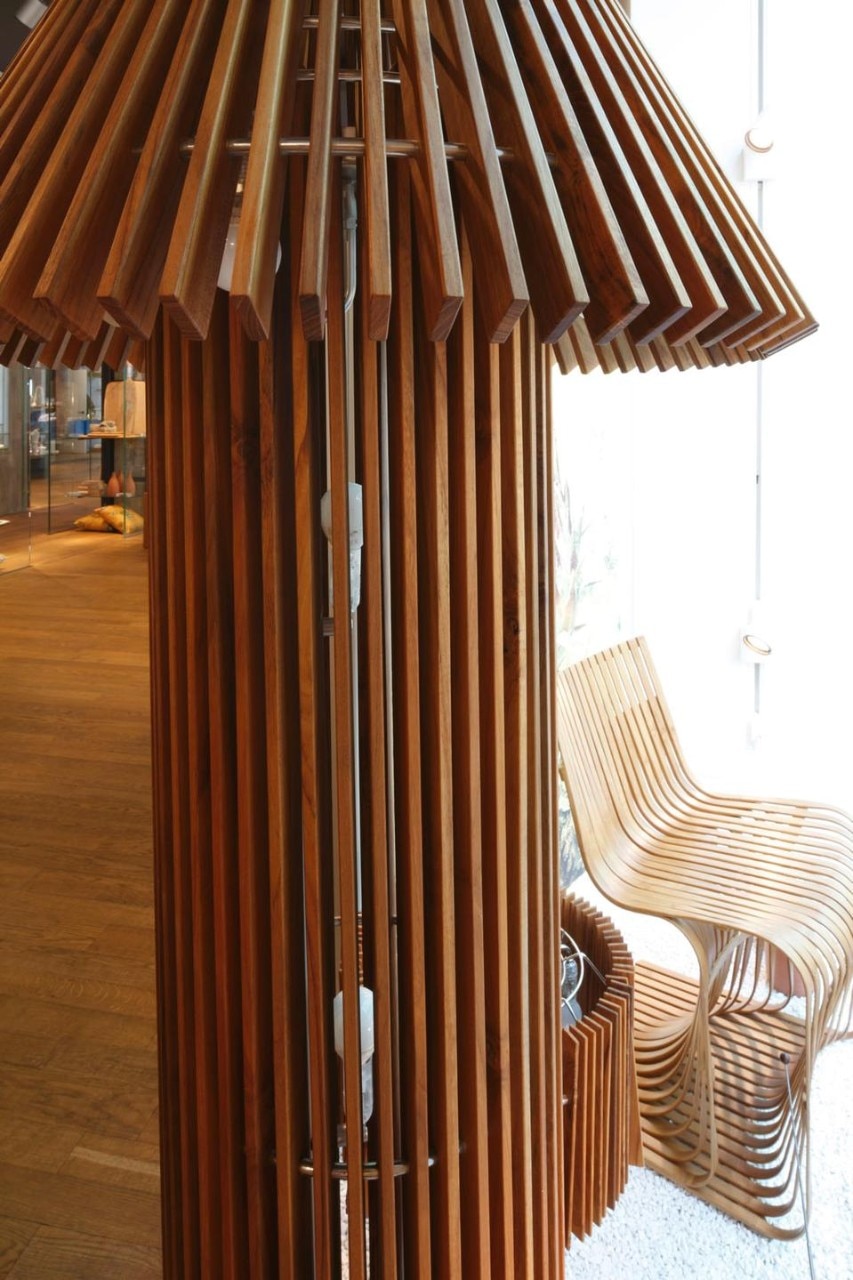As far as I am concerned, a key assumption of this critical reflection on industrial production is that the role played by manufacturers, or rather by enlightened entrepreneurs, should be deemed no less important than that of their designers. The designer's task is to qualify the demand for design. And when that demand reaches an enlightened industrialist, the principal designer must be consulted. Unfortunately, when manufacturers are unreliable and unaware of the field they have entered (an increasingly frequent problem), the design demand becomes muddled and goes round in circles. So if the designer accepts that kind of ambiguous demand, he or she is often transformed into a kind of Donald Duck designer, a comic character with the fake artist's berret, prepared to go to any length to satisfy that poisoned demand and sell its arrogance. This does not mean the product won't be a success. Sometimes it may even be a big hit, albeit shortlived. But this opens our eyes onto the complex system which today increasingly intertwines the market with advertising and production, thereby introducing another big story that certainly needs to be investigated. The fact remains that in the long run this speculative system doesn't pay. Moreover it demeans the innovative efforts of design. Without aesthetic and cultural research, technological updating, typological innovation and entrepreneurial courage, we won't get anywhere. History teaches.
THE SKITSCH FILE
For this first review we have chosen to examine one of the most recent industrial enterprises on the Italian design panorama: the Skitsch collection. The company, which might be described more as a publisher than a manufacturer, was founded in 2009 by a number of financiers. Sufficiently external or transversal to the old world of Italian furniture making, they were looking to invest in a new scheme of production and distribution in the furniture sector. To coordinate this initiative they turned to Cristina Morozzi for her reliable and expert creative supervision as art director. If a work is born, according to Filarete's principles, of a father and a mother (i.e. the client and the designer), here it must be said that the self-made entrepreneur-publisher no longer exists (and for that matter this figure is increasingly rare, nay, almost extinct even in the most historic places). Instead we have a group (an increasingly recurrent formula) consisting of a board of directors who interface with an art director. In turn, this individual builds a "vision" where diverse voices and lines of thought are made to converge, all united by elective affinities.
In some ways, Morozzi's gathering and interweaving is reminiscent of many exemplary stories of Italian design. For example, Paolo Tilche's primordial work with Arform, the exemplary publishing enterprises run by Bruno Danese, the maieutic role of Francesco Binfaré (over which hovered the unfailingly sharp eye of Cesare Cassina) at the Cassina Research Centre, but also the more recent roles of Mendini for Alessi, or of Giulio Cappellini for his company of the same name in its early stages. These are very diverse cases. However, in one way or another they have always been shaped by the classic figure of the industrialist born and bred in that circle with a passion for constructing a precise identity. It is widely believed that this historical model is now out of date and unviable. But we think that a contemporary restatement of that old value, of that awareness of "doing", is precisely what should be very carefully sought.
Perhaps it may also in part be re-read among the "pages" or "narrations" of the case discussed here. On first looking at the Skitsch collection, through its numerous traces in the media, one has the strange impression of something very similar to the collections of "design objects" displayed in the shops of the world's most aristocratic design museums; or to the range of quintessential objects to be seen in certain chic and trendy shops which offer select things that are of undoubtedly good quality but also socially gratifying. These collections are clearly not the outcome of a new vision by an identity-related design and productive enterprise. Rather, they result from the selection markedly self-referential objects. They are offered in a focused and guaranteed aura of discrimination, as if motivated by some sort of certification sanctioned by an indisputable arbiter of taste like that of a design museum. Naturally there is nothing wrong with this, a priori. Indeed it carries some interesting aspects of induced quality. Nevertheless, it also harbours a latent reminder of the status symbol principle. A trifle mystifying, if it gets out of hand it can pose a limit to a collection's potential to offer an interesting and renewed concept of refined interior design publishing.
Still in terms of a review, it may be interesting to define this collection as a literary genre. At the most we might call it prose, at times with one or two theatrical notes, and rare poetic accents, written for the most part in the narrative form of a short story. To borrow a buzz word from corporate communications, its "emotional design" covers a range of entertainment literature with a richly fascinating array of texts. For example, one finds the "adventure" genre (exotic pieces by the Campana brothers, Borek Sipek, Marc Sadler, Konstantin Grcic and Palomba and Serafini); the "fantastic" (with vases by Paolo Ulian, furniture and trompe-l'oeil sets of glasses by the Front group, the "Alice in Wonderland" porcelains by Maarten Baas, the "pumpkin" pouf by Todd Bracher, the disconnected furniture by Philippe Nigro, the table-games by Sipek and Pagani and Perversi, the aubergine-coffee table by Grandi and Bossi); as well as a few hints of "fantasy" (cardboard furniture by Giles Miller, oneiric clocks by Kiki van Eijk, decorated sideboards by Alessandra Baldereschi, the buttoned sofa by Ditte Hammerstrom, flounced tables by Xavier Lust). But there is also the "horror" genre (the coathanger hand à la "Adams family", the ironic lamp-skull by Stefano Giovannoni), or the "comic-ludic" with "ironic" traits (the iconic floor lamp by Ding 3000, the "fish eats fish" vase by Baldereschi, the childlike, origami- style boat-lamp by Pagani and Perversi).
Certainly, we realise these definitions of genres are not applicable to all the items in the catalogue, some of which belong to a more serious genre, tending towards minimalism (the seating by Luca Nichetto, the cubist armchair by Jeffrey Bernett, the benchbed and coffee tables by Pagani and Perversi, the hammock by Inghua Ting, the low tables by Nigro). Nevertheless, comprehensively they all have in common a sense of "fantastic-emotional".
By and large, this is a publisher's collection of very mixed texts, all more or less agreeable, though perhaps too many to be read all at once and therefore a tad redundant. Outstanding, however, are a number of more inspired stories, where stronger and more consolidated characters can be recognised, as in the lamps of the Campana brothers, in Sipek's vases and in the seating by Grcic, Sadler and Palomba and Serafini, or in the floor lamp by Ding 3000. These objects exude a mood of "adventure" which, although in some cases liable to wear out, still bears the charm of good fiction. Interesting narrative points of departure can also be read in the diverse genres proposed by Ulian, Fabio Bortolani, Nichetto, Giles Miller, and Pagani and Perversi. Meanwhile, we won't bother judging a few other pieces, mainly in the attractive sector for children and chosen from other current productions, such as the delightful expanded polypropylene chair by Enzo Mari for Magis. Of course these items too, borrowed from other productions, heighten that sense of a collection of collections.
The final impression is that in a larger selection of pieces from the next collections, we ought to try to highlight not just the right quota of first stories by the younger generations (especially the Italians, who could do with the benefit), but also a new and more organic section of product-texts in the shape of novels. These might be more committed perhaps, more visionary in their urge to interpret the forms of our time and of the near future. In any case, Skitsch is to be commended for its effort to brighten the panorama of Italian design.
